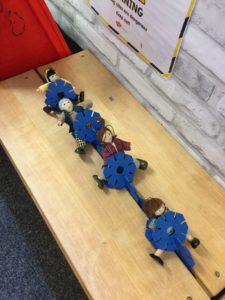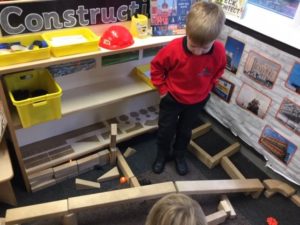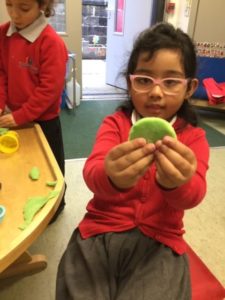Living and Learning: relationships
In our Living and Learning lesson this week, we were talking about our relationships with family and friends and what makes them special.
We also discussed how it can be difficult when something in our lives changes meaning that we can’t see loved ones as regularly. This resonated with the class as, due to lock down and tiers, we’re all being affected by this.
We talked about and made a list of different things we can do to show family and friends that we care about them and are thinking about them even though we may not be able to see them. We hope you find them useful!
How to show loved ones we’re still thinking of them:
- Send a letter
- Video call: find and tell some jokes, play a game (like battleships, noughts and crosses, etc), read a book, test them on Ancient Greece, do some drawing, make some something together (bake, crafts, etc), show your school homework and talk about it, eat together, share your screen and look at some old photos, get them to test you on times tables or spellings, get active together, play a game (killer 12, etc)
- Send a funny video
- Text or email
- Send a gift – something you’ve baked or made
- Draw a picture and send it
- Write a poem or story
- Make a quiz or do a Kahoot
Learning about 5
We have been investigating the number 5 this week.
The children were given 5 connecting cubes and encouraged to explore the different shapes they could make.
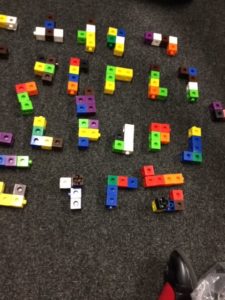
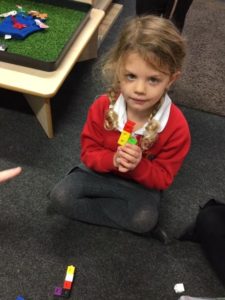
They built stairs with the cubes to look at the pattern of one more and used Numicon to find the different ways of making 5.

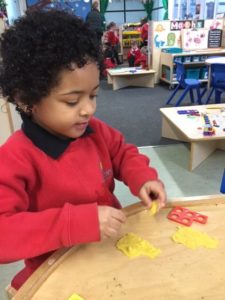
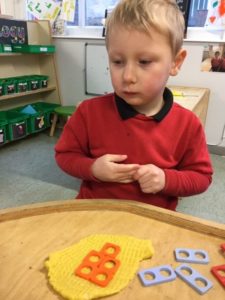

What is a noun?
This week, the children have started learning all about nouns. There are two types of nouns.
Common nouns
These are the names of things (places or objects).
Proper nouns
These are the names of a particular person, place or thing. They always begin with a capital letter.
Today, Year One enjoyed doing a noun hunt around the classroom.
Here is a link for one of the activities we used in class. Have a go with your child at home. Or maybe, go on a noun hunt around the house.
What are nouns? – BBC Bitesize
Below are a few sentences. Can your child identify the noun?
There are pretty flowers in the garden.
I like to read a book.
The wood is dark and scary.
The farmer takes his animals to market.
The pig eats lots of food.
Curious Historians
As part of the current history topic – The Great Fire of London – the children have been using historical sources to ask and answer questions about the past.
Questions are tools of curiosity
In Year One, the children are given plenty of opportunities to ask questions and these have stimulated some great conversations.
To help develop and nurture the children’s curiosity about the past, we have a dolls house in the classroom. The class can spend time looking inside the house and studying the various items. As well as raising questions, we have been using this resource as an opportunity for writing. Using some of the vocabulary taught in history lessons, the children have been writing about the objects in the house.
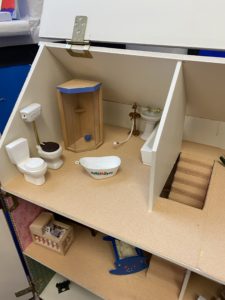

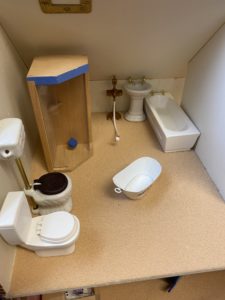
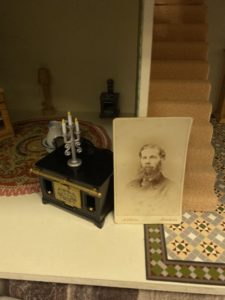
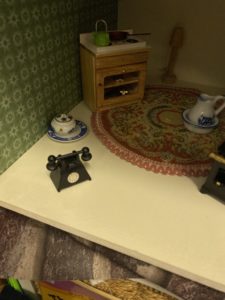
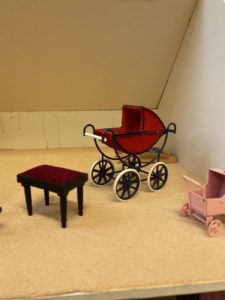
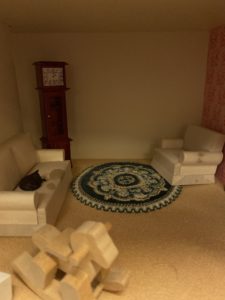

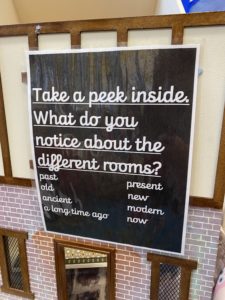
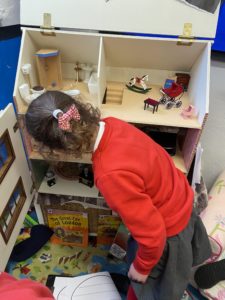
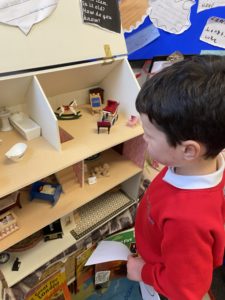

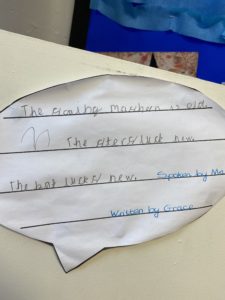
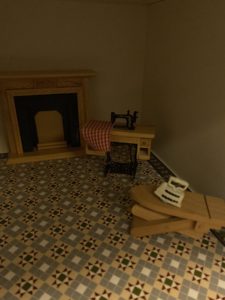
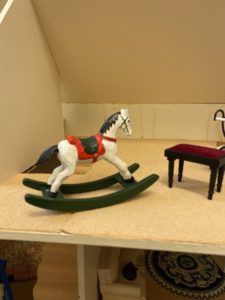
Keep asking questions, Year One!
This week in Reception
As we head towards this very different Christmas, we are thinking of ideas to make this time as festive as possible.
Literacy
We are reading the traditional story, ‘The Gingerbread Man’. The children will be retelling the story and taking part in lots of gingerbread themed activities-our roleplay area has become a gingerbread bakery!
Phonics
This week we are recapping Phase 2 and focussing on ‘tricky words’.
The tricky words learnt so far are the, to, I, no, go, into.
We will be encouraging the children to use these words in their independent writing.
Watch this useful parents and carers guide to tricky words here.
(This is a YouTube link. Top tip for watching YouTube with your child: go to the settings cog along the play bar and turn off autoplay – this avoids an inappropriate clip coming up automatically, and helps to discourage your child from passively watching clip after clip.)
Maths
We will investigate the number 5 through number rhymes and stories including 5 currant buns and 5 little ducks.
The children will be introduced to the link between counting forwards and the one more pattern and counting back and the one less pattern.
School menu change and Christmas meal
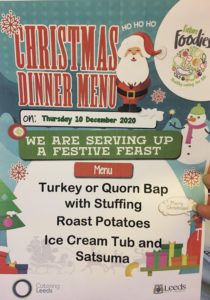
Athletics
For the rest of the half term, we are focusing athletics.
This week, we have been practicing jumping and sprinting.
What amazing athletes we have in Year 2!
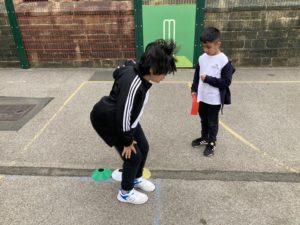
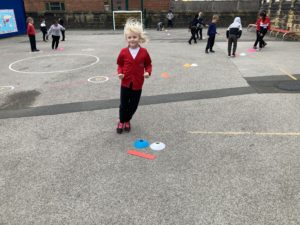
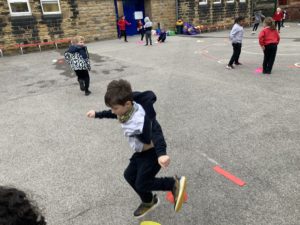
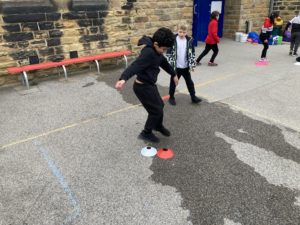
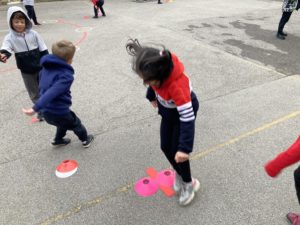
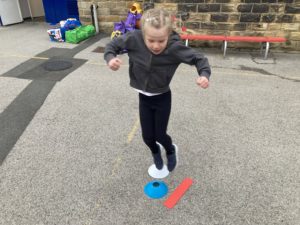
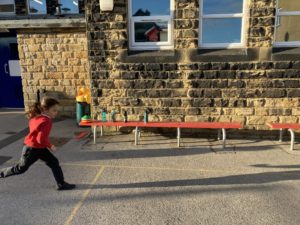
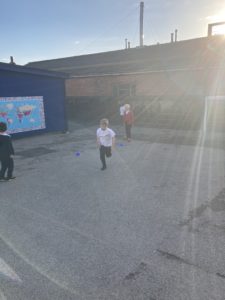

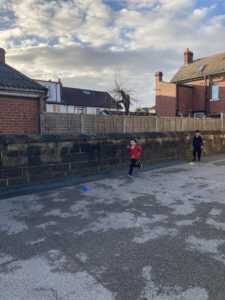
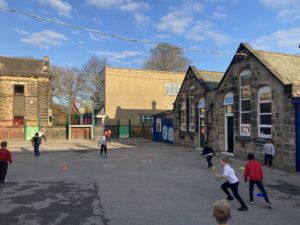
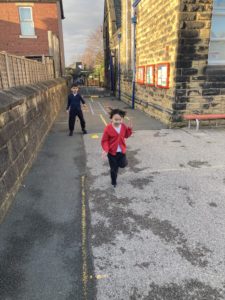
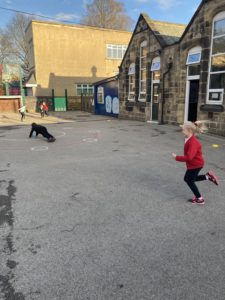
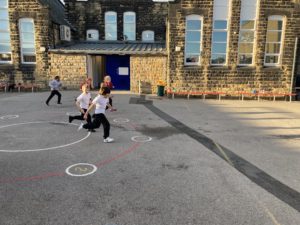
Animals and their young
This half term, we have been learning about animals including humans.
In our last lesson, we learnt that animals, including humans,
have offspring which grow into adults.
The children worked in groups to match the adult to their offspring.

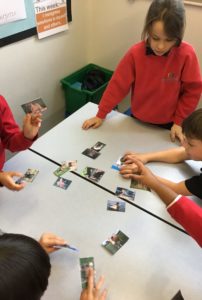
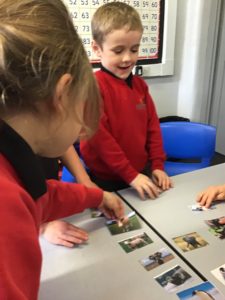
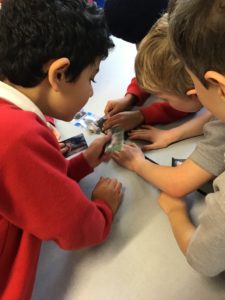
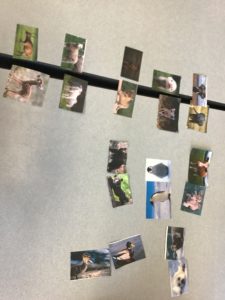
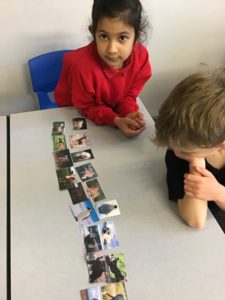
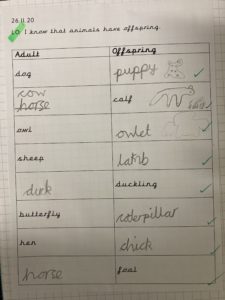
Living and Learning: Strong emotions
In our last L&L, we were learning about emotions.
First, we named lots of emotions we might feel.
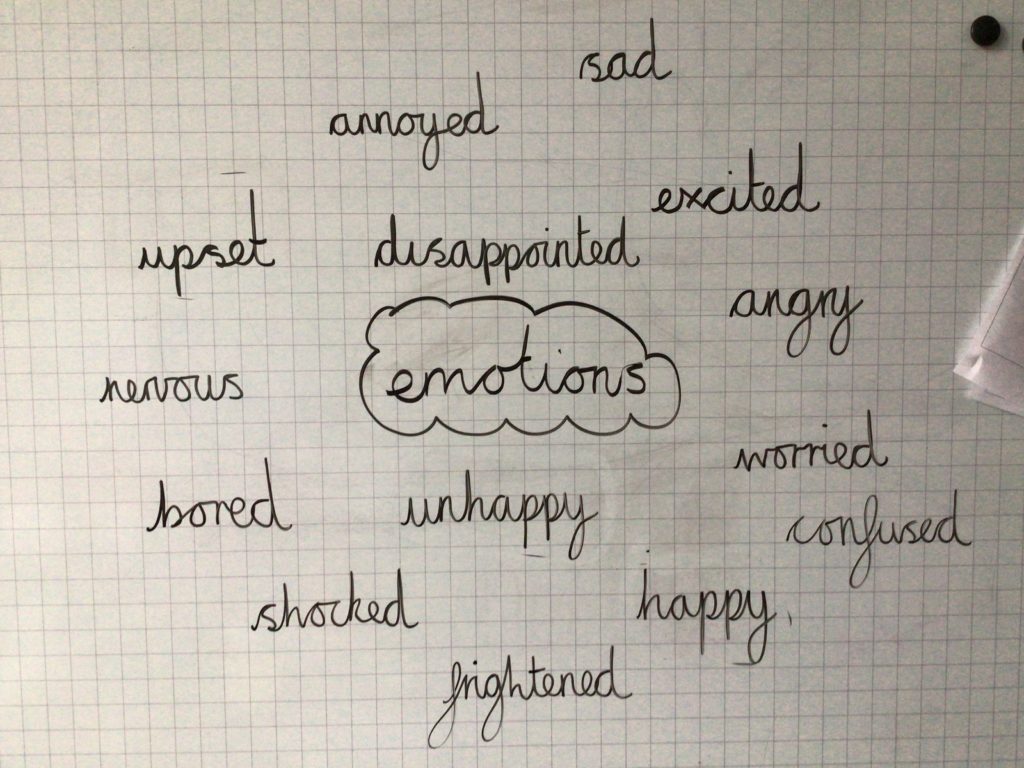
Then, we focused on exploring and describing what makes us feel unhappy.
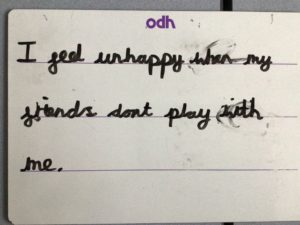
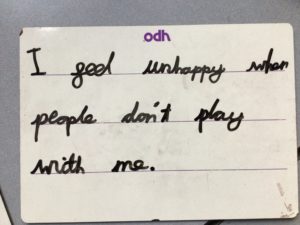
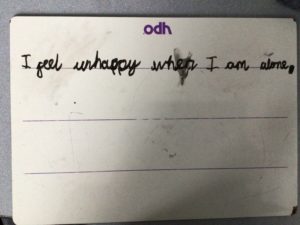


The Children then were given the opportunity to explain when they might feel unhappy, and also to practice asking, and listening to, others about what makes them unhappy.
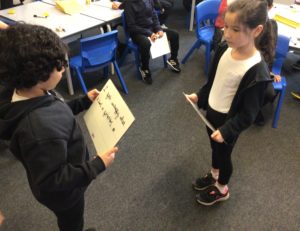

After that, we discussed things we can do when we are feeling unhappy.

Finally, we discussed things that make us happy.

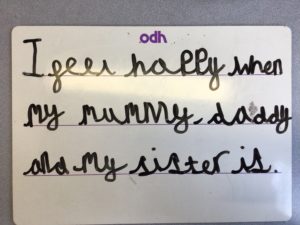
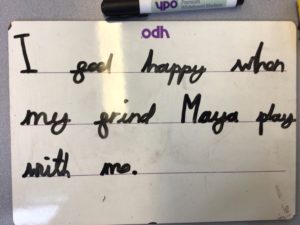
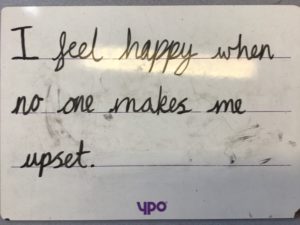




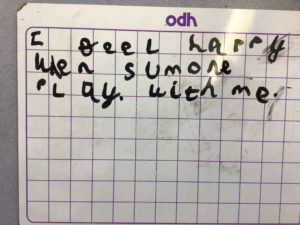
Maths is everywhere!
The children have been using maths in all the areas of provision to learn about shape, measures and money in our new role-play bakery.

